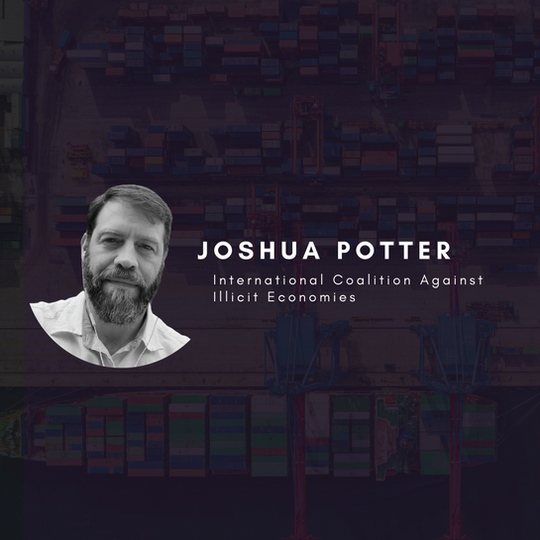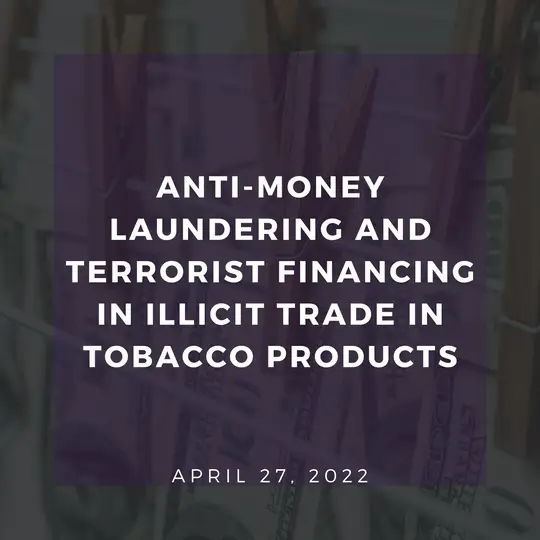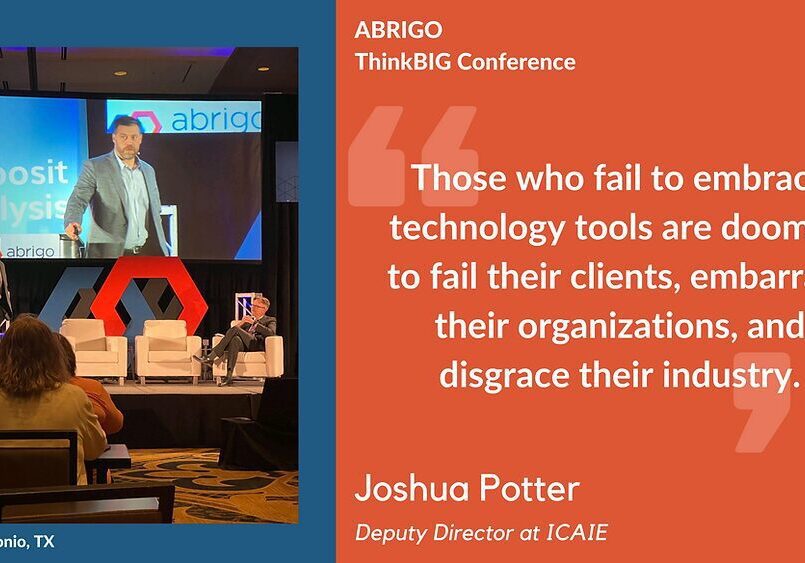Joshua Potter, Deputy ED, Participated in PMI’s Certificate on Illegal Trade


Joshua Potter, Deputy Executive Director of the International Coalition Against Illicit Economies, participated in the third edition of Philip Morris International’s Certification on Illicit Trade in Tobacco Products: Convergence with Crime, where he discussed the relationship between illicit trade and tobacco, as well as its relationship to money laundering and terrorist financing. The discussion centered on why illicit tobacco products are so appealing to criminal organizations. Potter also investigated how counterfeit merchandise relates to a larger issue of transnational organized crime, which is purposefully complex in order to overburden law enforcement, military, and intelligence officers. Potter’s goal in this lesson was to provide law enforcement with the tools they needed to combat these organized crime networks.
The Key Takeaways
- Transnational organized crime networks are designed to be complex in order to obfuscate the primary beneficiaries. As a result, law enforcement agencies may have difficulty prosecuting financial, counterfeit pharmaceutical, and counterfeit merchandise crimes. Furthermore, law enforcement agencies are under‑resourced and overburdened. They cannot face these challenges alone, so private corporations must use the information they have to help these agencies while also protecting client data.
- Technology can be used to conceal transactional relationships, obfuscate identity, and confuse regulators. Financial crime investigators use technology to promote transparency, protect financial systems, and combat fraud. Moreover, law enforcement must take advantage of its potential access to technical tools to disrupt, identify, and tag networks, as well as locate the IP servers that facilitate illicit crime.
- Organized criminal organizations utilize three key tactics: concealing the source of illicit money, puzzling investigators, and protecting their own syndicate organization. In order to gain a larger market share, these groups achieve their objectives through various criminal networks.
- The Joint Publication 3‑25 JP‑25 of the United States military established 11 components of a threat network, each with distinct and precise functions. Among these elements are messaging, recruitment, indoctrination, safe havens, and financing. To break these threat networks, law enforcement must apply simultaneous pressure across the entire system.
- Dark web vendors have become an increasingly dangerous online presence. There are known dark web marketplaces with over 100,000 registered users that offer drugs, counterfeit merchandise, weapons, prostitution, and other illicit goods and services. To combat these illegal activities, it is critical to identify the locations where these counterfeit items are manufactured and sold, as well as the mechanisms used to get these illicit drugs into the hands of the general public.

